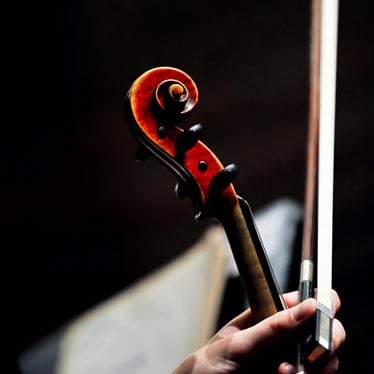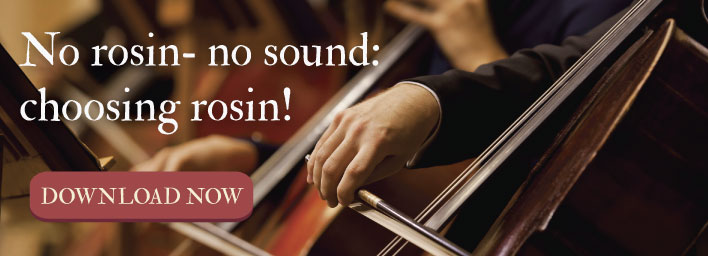Should I Buy A Wood Bow Or A Carbon Fiber Composite Violin Bow?

Wood Bow Or A Carbon Fiber Composite Bow?
The violin is a splendid musical instrument with a rich and cultured history. For centuries, each violin and bow had to be crafted by a single artisan using a labor-intensive, painstaking process to produce a quality instrument. Indeed, it has only been during the last 80 years or so that new technologies and manufacturing methods have allowed for the streamlined production of a variety of musical instruments.
Yet, it is those very innovations—the ability to produce newer products in better ways—that has created the debate between wood bows versus carbon fiber composite violin bows. It seems that just about every violinist has his or her own opinion on which is best. But, those opinions also vary according to application.
So, if you’ve been asking yourself which bow to buy next, there are a few factors you’ll need to consider first. Truly, there are so many variables that influence whether a wood bow or a carbon-fiber bow will work best, that it’s almost impossible to know which one to buy without first understanding their characteristics. However, once you do know all about bows, you can decide which will work best for you.
Characteristics of Wood Bows
There are two types of wood bows used with violins: Pernambuco and brazilwood.
Pernambuco is (now) an endangered tree, but this species of wood was and is highly prized for its strength and density, which is combined with incredible flexibility. Long used as the Bow wood of choice by artisan Luthiers (craftsmen who create violins and other stringed instruments), this wood is highly prized as creating the most superior sounding bows. Consequently, its price reflects its scarcity and quality.
Brazilwood bows are made from a variety of types of wood. The price and quality of these wood bows have a fairly wide range, so you can find some for less than $60, but others priced at way over $350. Much depends on the craftsmanship involved and the materials used in the windings, fittings, frog, and inlay.
Wood Bows Are:
- Highly susceptible to changes in humidity. An organic material, wood expands and contracts with the temperature, and can warp if not cared for properly.
- Extremely fragile and easy to break.
- Chosen for the sound and ‘feeling’ they transfer from the violin. With a high quality wood bow the vibrations can be felt by the player.
Characteristics of Carbon Fiber Composite Bows
Carbon fiber composite bows are created using synthetic materials. Hair-like fibers are fused and formed to create the bow, and the end result is a flexible, lightweight, yet durable bow material.
The composite material is very similar to the flexible stiffness of the more expensive wood bows, but without any of the drawbacks. And, many professional musicians choose them for the lush sounds, high quality acoustics, and pleasing appearance carbon fiber bows produce.
Carbon Fiber Bows:
- Won’t expand and contract with variations in temperature, so many musicians use them when playing outdoors.
- Are highly resistant to warping. Indeed, humidity won’t effect a composite bow the same way it does wood.
- Are very strong and less likely to snap at the tip or break. The composite material and forming techniques are the result of decades of product innovation, and is designed to maximize the strength of the violin bow without forfeiting the responsiveness.
It’s important to note that many advanced violinists own both a wood and a carbon fiber composite violin bow. Since every bow sounds darker or lighter, or feels faster or slower, depending on the violin being played, the weight and balance of the bow, and the violinist, choosing between a great quality wood bow and a carbon fiber composite is really a matter of choice.
Before buying a new, or second violin bow, try out as many as possible on your instrument. Getting the best sound and being able to play at your personal best is a highly individual decision. Obviously, the best bow for you is the one that sounds the best with your violin and is easy for you to use.
Looking for more help? Check out our guide to choosing a bow.


